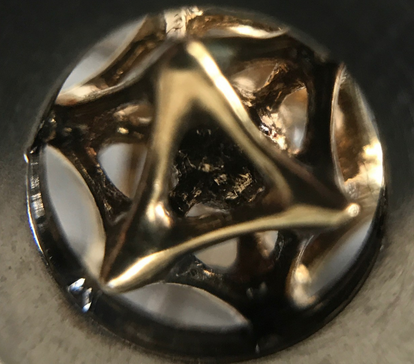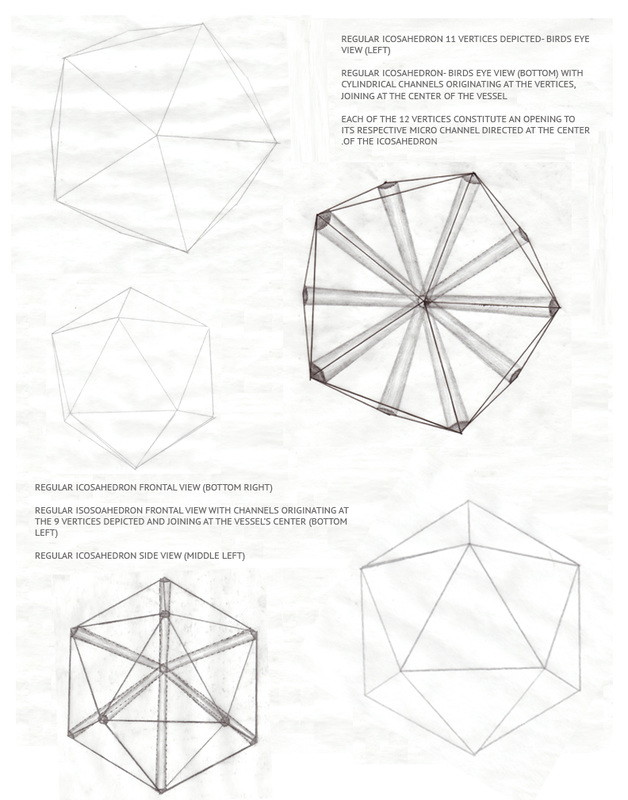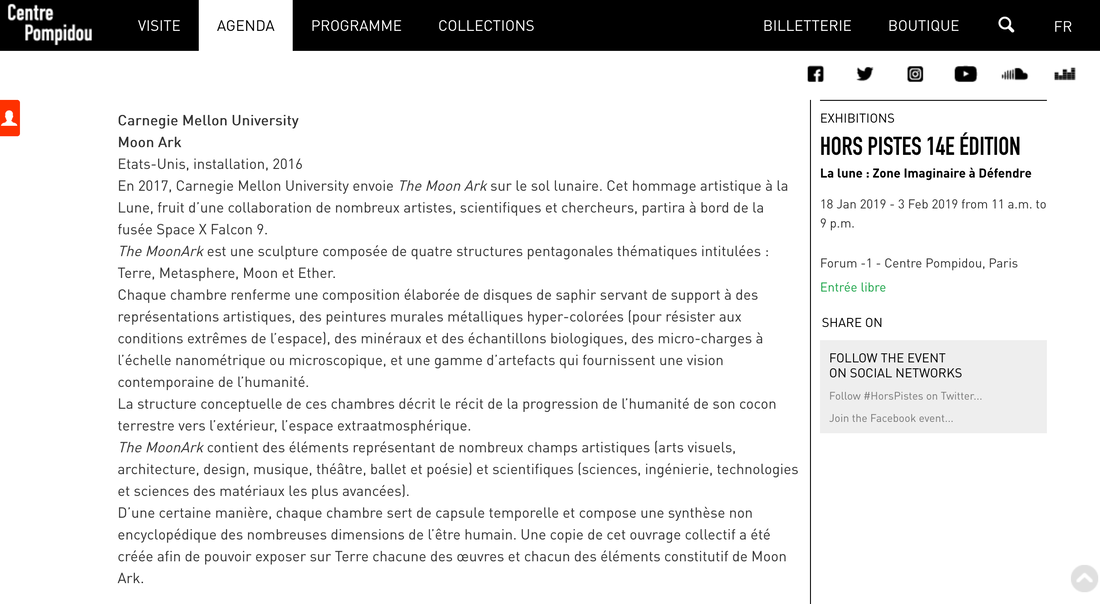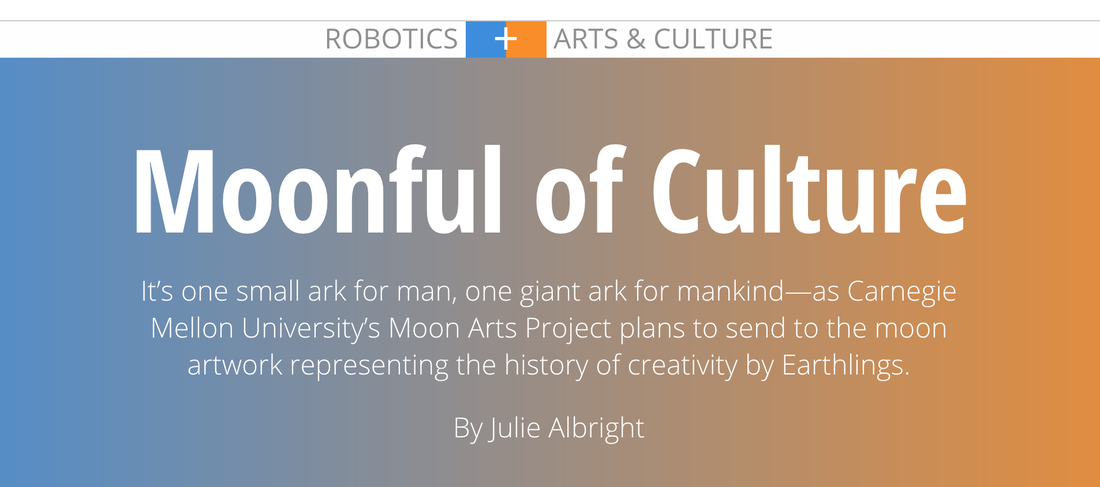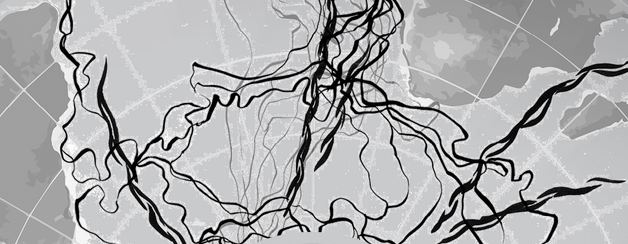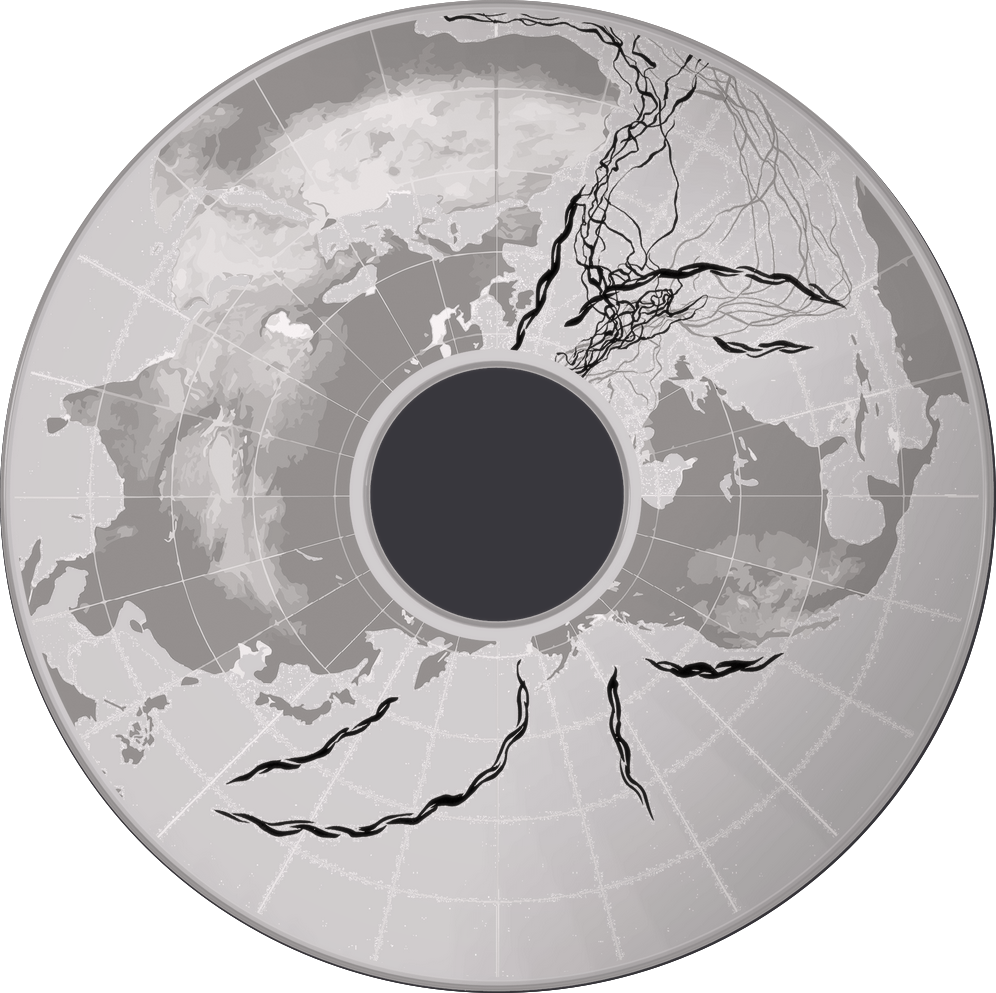|
|||||||
|
|
The Wanderers Sculpture is a collaboration between Robb Godshaw and Carolina Ramos. It is part of the MoonArk Project.
Plankton has no country, no specific host. The photosynthesis of phytoplankton has controlled the atmospheric carbon dioxide-oxygen balance since the early Precambrian period. In motion, they stir up and dissolve conceptions of alien and native, visible and invisible. The Wanderers is a small vessel which contains dried plankton. It is in the shape of a twenty-sided solid, known as an icosahedron. Icosahedra remind us of certain radiolarians, single-celled waterborne plankton. Pointing to travel and wanderlust, the sculpture's form is a tiny representation of our enduring need for discovery and survival through movement, migration and dispersion. When a living organism lacks locomotion it becomes a drifter, a wanderer. It is taken to all parts of our planet via liquids and gases. Plankton comes from the Greek word for wanderer. Its very etymology captures the nostalgia we might feel for our planet from outer space. Traveling on a boundless sphere, plankton partakes in the world’s largest mass migration as a daily ritual. The wanderers in our atmosphere are composed of viruses, bacteria, pollen and other traveling organisms. Biologist Lynn Margulis, amongst other scientists, tells us the story of symbiogenesis, organisms symbiotically adapting and evolving together. The Wanderers is an archive of different varieties of plankton collected across the planet, referencing Earth's biological history and genetic identity. It holds in mind the symbiotic relationship between the plankton it contains and our planet’s innumerable inhabitants. Just as we are not apart from each other, we also are not apart from space. Causing our oceans' tides the Moon, the final host of this sculpture, is directly stirring these drifters, dispersing them, moving them in endless ways. |
||||||
|
|
|||||||
